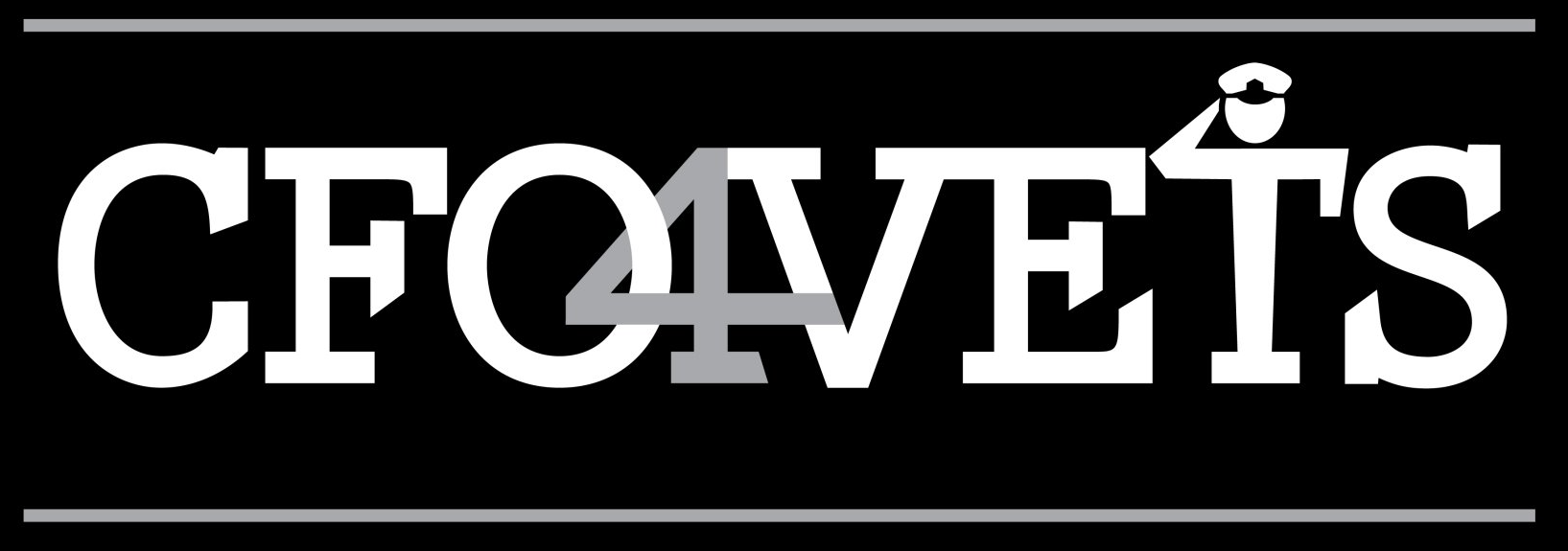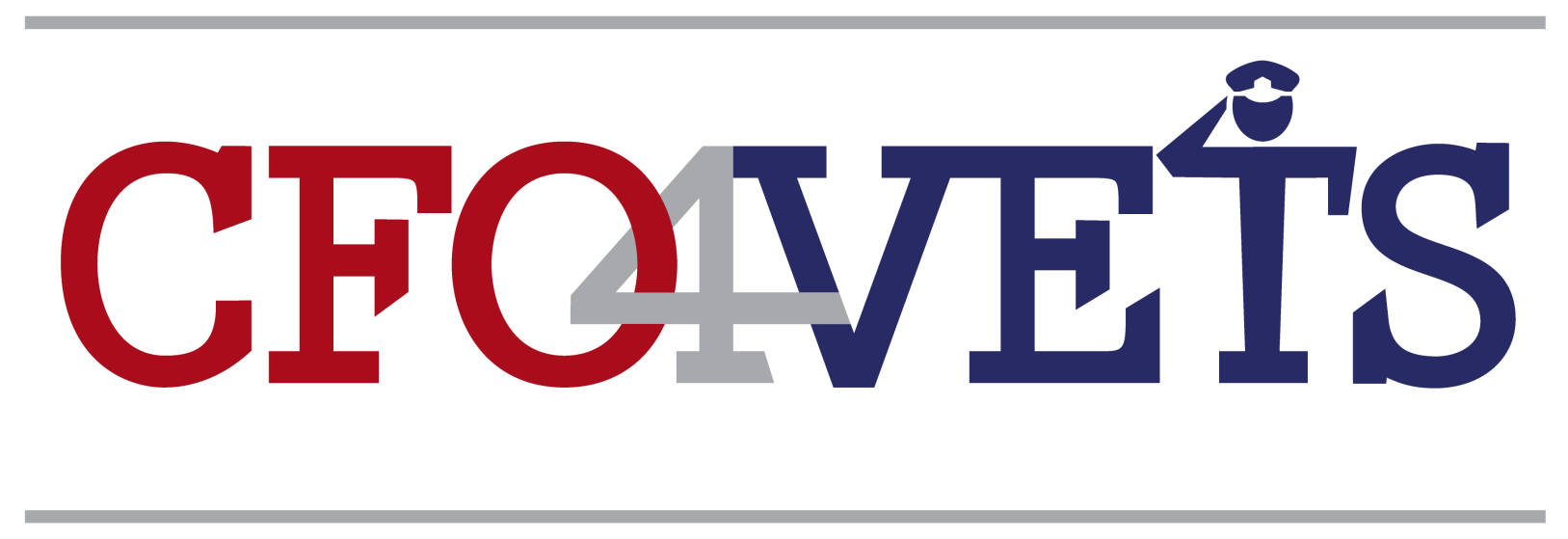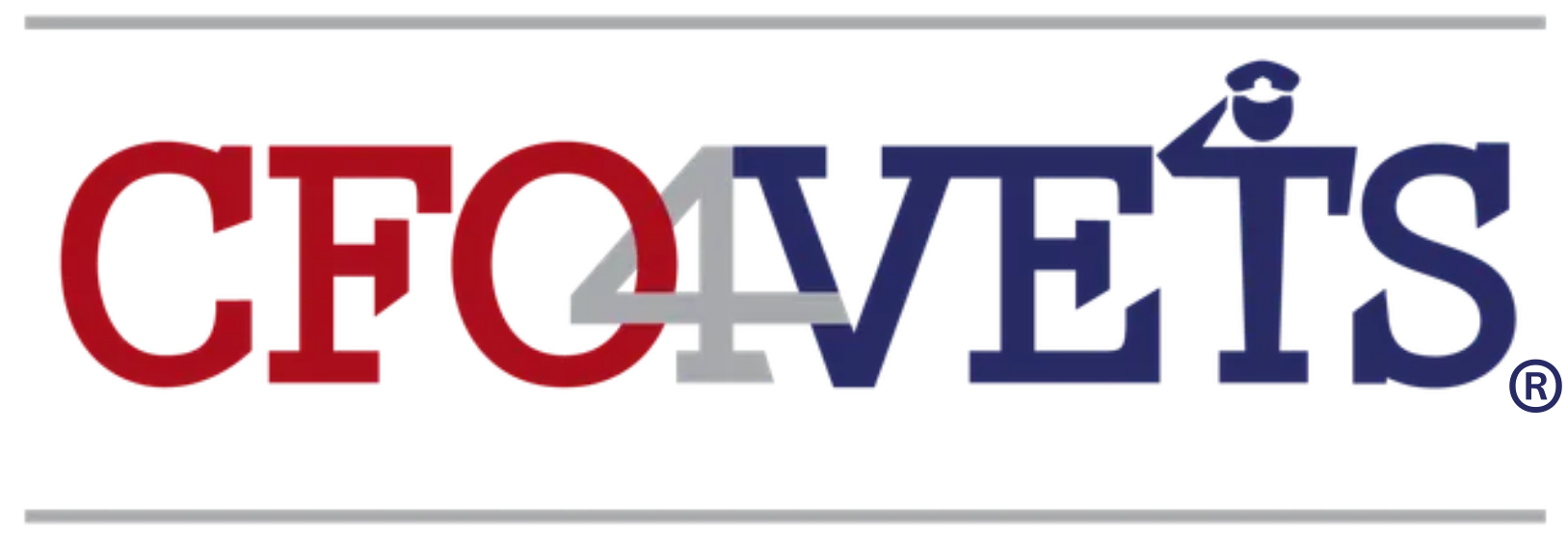Scott Chesson
Small Business Financial Pitfalls
After twenty-two years as a CFO, I have observed a wide variety of small business financial pitfalls. Most of the hazards are avoidable or can be readily overcome with flexibility, foresight, and innovation. Let’s discuss some common financial pitfalls that can be detrimental to your company if left unchecked.
First, in challenging economic times such as the last 18 months, there is a tendency to focus excessively on cutting costs while losing sight of the imperative to optimize and innovate revenue streams. During downturns, cost reduction is a mandatory tactic but cannot replace a concerted strategy to dissect existing revenues while simultaneously exploring and building new revenue pathways. A shrewder tactic is to scrub costs throughout the year, especially during periodic forecasts or, at a minimum, during the annual budget process. Furthermore, practicing a technique called zero-based budgeting facilitates the yearly recalibration of costs. Zero-based budgeting means that expense budgets are not automatically renewed annually with a blanket percentage increase. Instead, each expense category must be analyzed and justified based on the company’s requirements and in concert with the overall cost structure. Even implementing zero-based budgeting on a limited basis will help avoid protracted cost-cutting during downturns. Lastly, beware because it is easy to lose sight of growing the top line when your business is fighting for survival on the bottom line. Let’s examine another common financial pitfall.
Another common pitfall is being wedded to a product, service, or strategy that is not flourishing and is harmful to your business’s financial health. The prevailing thought process is often we can make it work, or what happens if we admit failure relative to the product, service, or strategy in question? A small business has many advantages over a large, bureaucratic entity. One advantage is flexibility. In other words, the ability to move quickly to take advantage of opportunities or pivot away from failed undertakings (like poorly performing products, services, or strategies) before too much financial damage is inflicted on the business. The damage is generally manifested as negative cash flows or declining profits. I recommend having a timeline and specific goals to chart the progress of a new product or service. Then, your company has guidelines to preclude devoting unwarranted time, money, and energy to futile projects. There is no shame in experimenting and adapting your business and admitting that some ideas did not succeed as expected. Let’s discuss one more common financial pitfall.
A third common hazard to small business financial success is discounting the advantages of both budgeting and regular financial reporting. Why? Because small business owners can become so engrossed in running their companies that they don’t always value the benefits of knowing their numbers. Yet, a monthly or quarterly scorecard displaying your company’s financial health will help forestall surprises like cash shortfalls while positioning your business for growth. Moreover, how do you measure your fiscal progress without a budget for a baseline, comparisons to the prior year’s performance, metrics, and cash flow analysis? The corollary to solid financial reporting is the prompt identification of essentials like a bank line of credit to boost cash during lulls in the business cycle, the insight to reduce unfettered spending, or the knowledge to act on market opportunities through expansion of the sales staff. Knowing your numbers helps you both prepare for financial success and avoid unwelcome shocks.
In conclusion, there are several avoidable financial pitfalls for small businesses. One pitfall is the overemphasis of tactical cost-cutting to the impairment of revenue optimization. Cost-cutting can be accomplished regularly using zero-based budgeting and other techniques. Be wary of being wedded to a failing product, service, or process. It is okay to pull the plug on futile undertakings that drain cash and resources from your company. Lastly, implement a disciplined financial reporting routine that delivers financial insight into your business. Know your numbers. Good luck.

Every business owner will exit their business at some point – whether voluntarily or involuntarily – yet only about 50% of business owners have a buy-sell agreement in place to govern the terms and process of the exit. For this reason, it’s crucial to know about buy-sell agreements, which are legally binding contracts between co-owners of a business that determines the actions if a co-owner chooses or is forced to depart a company and the process of purchasing that person's share. I’ve compiled a list of the most commonly asked questions about buy-sells: How would a business owner benefit from a buy-sell agreement? In many cases, the business owner's largest and most significant asset is the business itself. Suppose something happened to one of the primary owners. In that situation, it is crucial to ask how the owner’s demise or departure would affect the lifestyle and exit plans of the other owners, the business, and the other interested parties. Are you willing to share your business with your deceased partner's heir? The demise of a primary owner is an excellent example of where buy-sell agreements come into play. They can remove the speculation regarding the future of your business. Furthermore, a buy-sell can reduce the stress and turmoil of an emotional situation. Do you need a business valuation when implementing a buy-sell agreement? The short answer is yes. A business valuation can be critical when contemplating a buy-sell. Valuations help you understand your business's worth and determine your action path after a buy-sell is activated due to a triggering event, such as when a primary business owner becomes disabled, leaves the company, or passes away. Suppose a buy-sell agreement does not require an updated company valuation after a triggering event. In that case, the surviving owner may be required to pay the amount stated in the original buy-sell, even if that amount no longer accurately reflects the company's actual worth. Similarly, a company's valuation may differ after a primary owner leaves the business. As you can see, knowing how much your company's value depends on its current organizational structure and staying ahead of the game in your forecasting is essential. Who does a business owner work with to implement a buy-sell agreement? A Certified Valuation Analyst is a professional business valuator who, along with a trusted attorney, is a must-have in establishing a proper buy-sell agreement. Because buy-sell arrangements can be challenging to discuss with a business partner and require much organization and implementation, a trusted attorney can steer and mediate those difficult conversations. Protect your business – and yourself – by being prepared for the difficult transition when an owner exits the business. Buy-sell agreements help pave the way for smoother transitions.

I’ve seen so much in my twenty-five years as a CFO, and though I’ve worked in many sectors, the area where I’ve observed the most financial pitfalls has been for small businesses. I want to share two of my most common observations so that you can avoid making the same mistakes if you’re currently in any of these situations as a business owner. All you need is a bit of flexibility, foresight, and innovation. 1) Impulsive Cost Cutting Measures The knee-jerk reaction for most folks in challenging economic times is a tendency to focus on cutting costs while losing sight of how important it is to optimize and innovate your revenue streams. I’m not saying that cost reduction isn’t essential, or even mandatory, during an economic downturn. Still, I will stress that reducing your costs cannot replace a concerted strategy to optimize your existing revenue streams while also exploring and building new revenue pathways. Perhaps a tactic you may want to consider is scrubbing your costs throughout the year rather than doing so dramatically during a moment of panic. It allows you to be more thoughtful in your approach. I’d also suggest you look at zero-based budgeting, which means annual expense budgets are not automatically renewed with a blanket percentage increase and, instead, each expense category is analyzed and justified based on a company’s requirements -- in concert with the overall cost structure. Even implementing zero-based budgeting on a limited basis will help avoid protracted cost-cutting during downturns. My final advice on this matter is to not be too hard on yourself! It’s easy to lose sight of growing the top line when your business is fighting for survival on the bottom line. 2) Getting Attached to Something that Isn’t Working Another common pitfall I’ve seen repeatedly is when business owners are wedded to a product, service, or strategy that is unsuccessful. Instead of bringing in revenue, it is harming their business’s financial health. Passionate and committed entrepreneurs often take on the idea that they can make something work – even if it’s not meant to be and falsely believe that admitting defeat or giving in to the notion that if a product, service, or strategy goes away means they have failed. It’s also hard because they have almost always dedicated so many resources to their efforts that they must continue trying. However, a small business has many advantages over a large, bureaucratic entity. One advantage is flexibility. They can move quickly to take advantage of opportunities or pivot away from unsuccessful undertakings (like poorly performing products, services, or strategies) before too much financial damage is inflicted on the business. The damage is generally manifested as negative cash flows or declining profits. Still, the effects are much more far-reaching and less clear, but they impact the most finite of resources, time, and energy. I recommend having a timeline and specific goals to chart the progress of a new product or service. Then, your company has guidelines that can prevent devoting unwarranted time, money, and energy to unsuccessful projects. There is no shame in experimenting and adapting your business and acknowledging that some ideas failed. You are still doing a great job and learning with every experience, becoming more substantial and more valuable in the marketplace.





